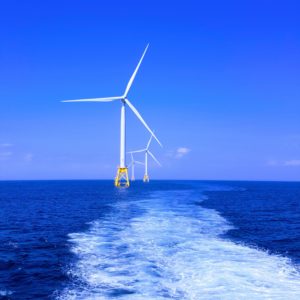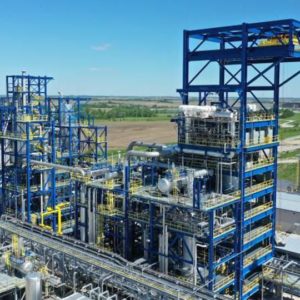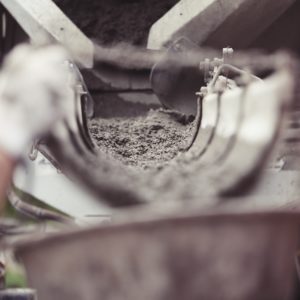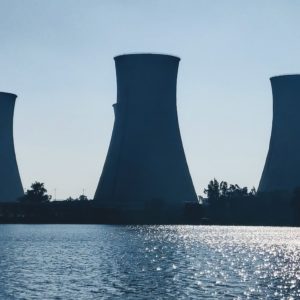"The commitments we’re making today not only aim to decarbonize Walmart’s global operations, they also put us on the path to becoming a regenerative company – one that works to restore, renew and replenish in addition to preserving our planet, and encourages others to do the same."
There’s Clean Aluminum and Dirty Aluminum. Can Anyone Tell the Difference?
“By most accounts, aluminum has a growing role to play in the emerging lower-carbon economy. Aluminum makes up about 8% of solar panels, by weight, and it is also used to make automobiles lighter and more fuel efficient.”
Ocean Energy Is Vital To The Low Carbon 2.0 Energy Transition
“One of the most promising untapped resources can be found in the ocean. While ocean currents flow at only 15%-20% of typical wind farm wind speeds, the density of water—approximately 800 times greater than air—yields much higher energy from these flows.”
This Startup’s Building A Factory To Sustainably Turn Natural Gas Into Fertilizer
“The company has a process that it uses to break apart natural gas to produce carbon black, which is commonly used in materials like rubber, as well as hydrogen, which can be used for a variety of purposes—in this case, being combined with nitrogen to create ammonia.”
We should discuss soil as much as we talk about coal
“I wish agricultural innovation got as much attention as the impact on climate change from electricity, because its success is just as critical to stopping climate change.”
How do we move around in a zero-carbon world?
“So, how exactly do we fuel our need to move around without emitting greenhouse gases? The answer is simple, even if making it happen won’t be: use clean electricity to run all the vehicles we can, and get cheap alternative fuels for everything else.”
The Road to Greener Concrete Is Paved With Clay
Bloomberg Green’s David Rocks and Vanessa Dezem report that “LC3” clay cement in Columbia is cutting the cement industry’s emissions.
- The cement industry accounts for about 7% of emissions globally.
- LC3 cement cuts emissions and cuts costs, a win-win for the environment and economy.
Excerpt:
“After four years of development, the revamped facility in Rioclaro went online this year, using clay that’s mined about 10 miles away and processed in a newly built kiln. Argos says the technology cuts energy consumption by 30% and reduces carbon output by almost half.”
Electric Trash Trucks Are Coming Quietly to Your Town
The Wall Street Journal’s Dan Neil reports that Mack Truck is producing electric trash trucks.
- Advancements in this technology will reduce emissions and provide quieter trash removal.
Excerpt:
“Electric trash truck love is in the air. In January, as part of L.A’s program to reduce carbon emissions, city sanitation officials announced it would transition its fleet of 1,100 refuse trucks to battery-electrics by 2035, with new truck purchases being primarily electric by 2023.”
California Firefighters Tap AI for an Edge in Battling Wildfires
John McCormick on The Wall Street Journal reports that California’s firefighters are turning to artificial intelligence to fight wildfires. Computer programs can track vegetation growth and dryness, as well as historical data to determine where fires may spread.
A New Study Says Nuclear Energy Is Pointless. Don’t Believe It.
“Suggesting that nuclear plants don’t meaningfully reduce emissions over fossil fuel power plants is wild and baseless.”









